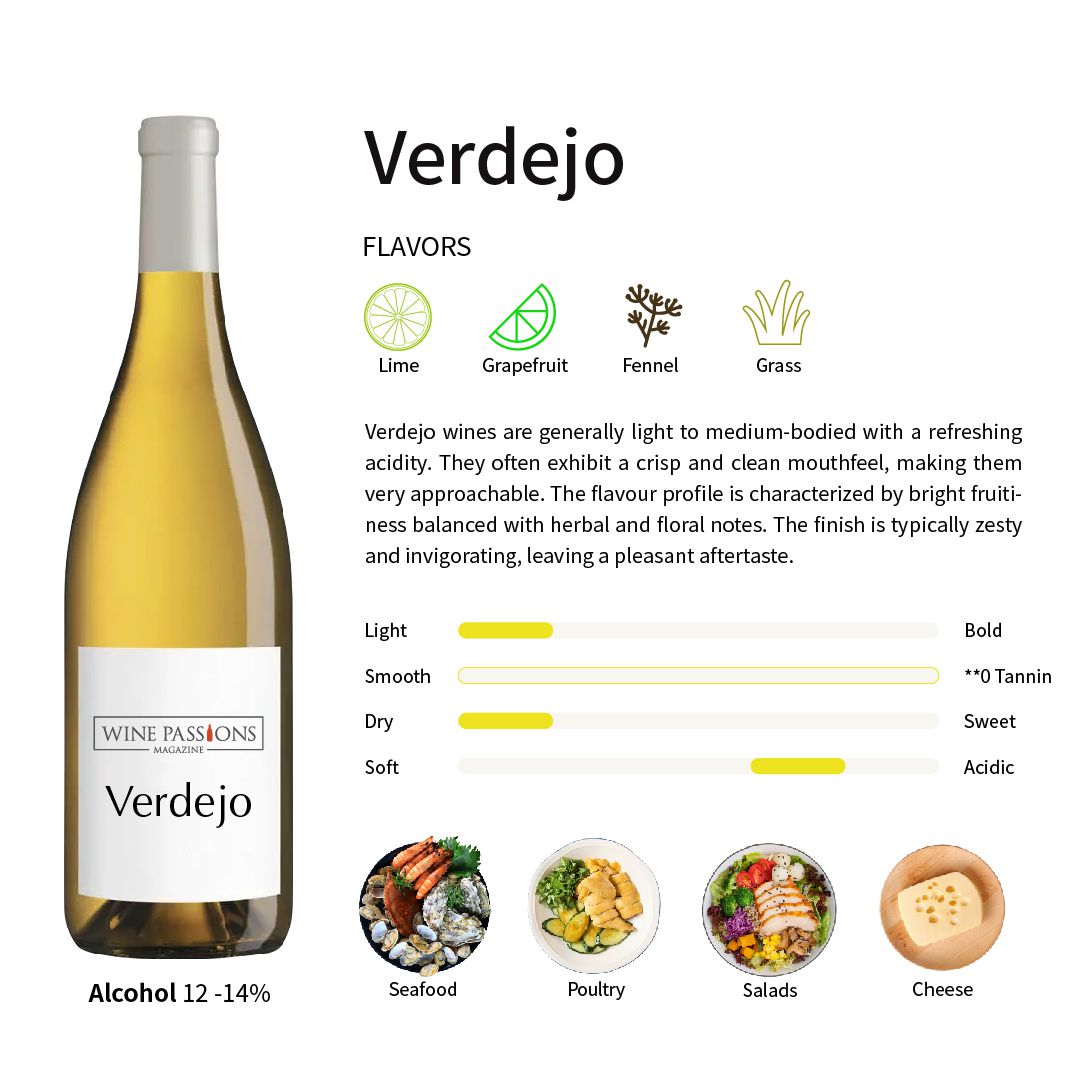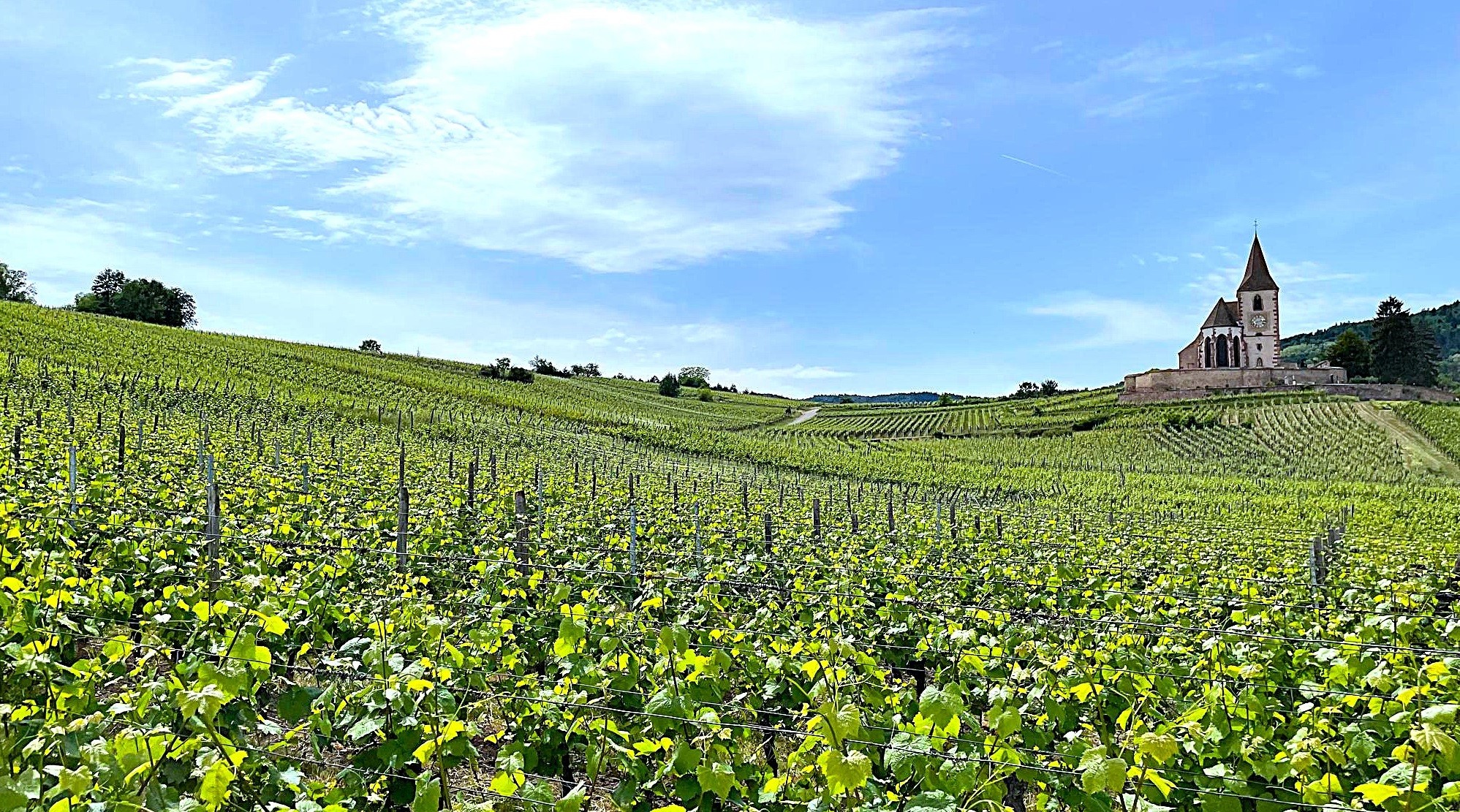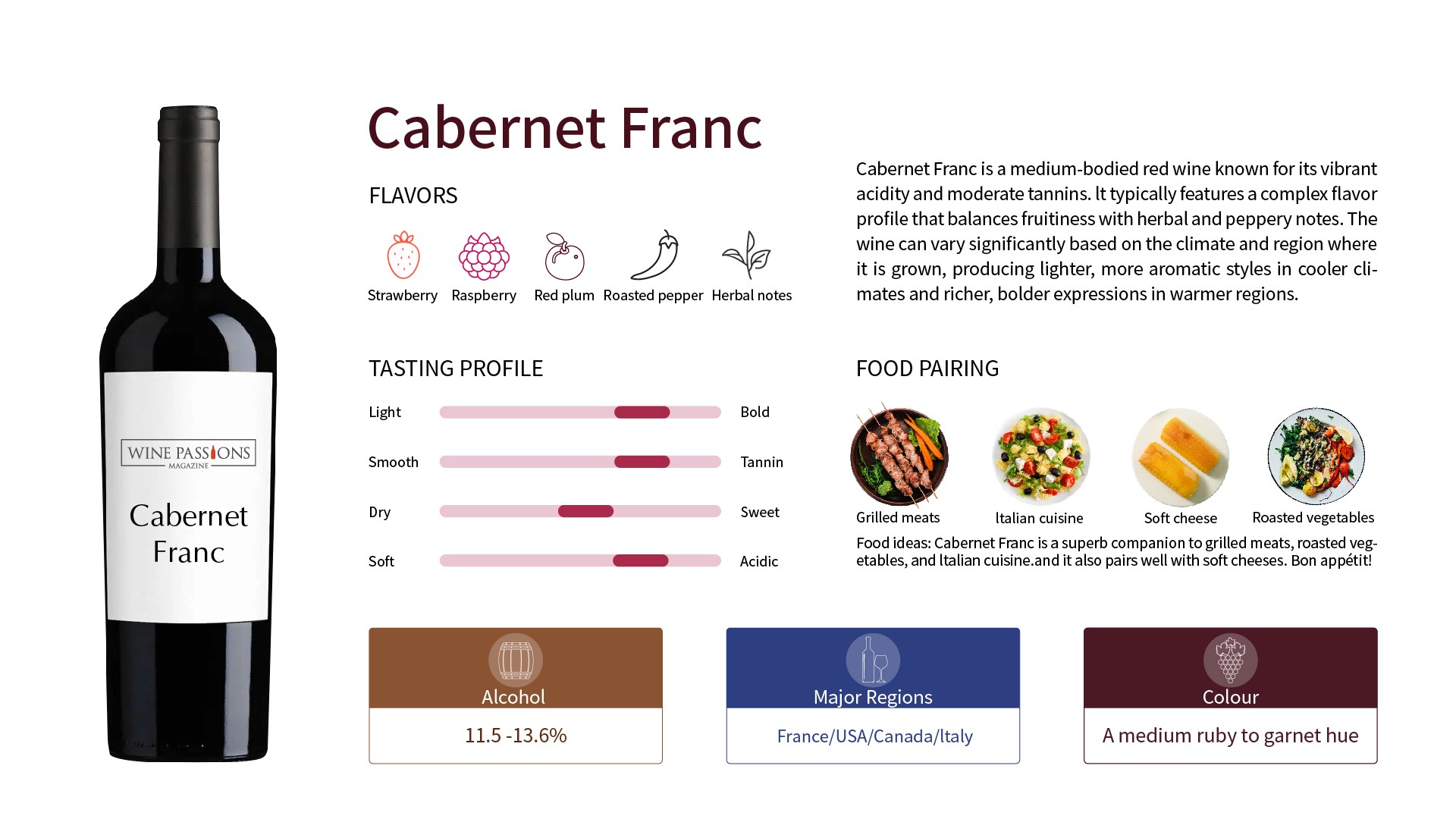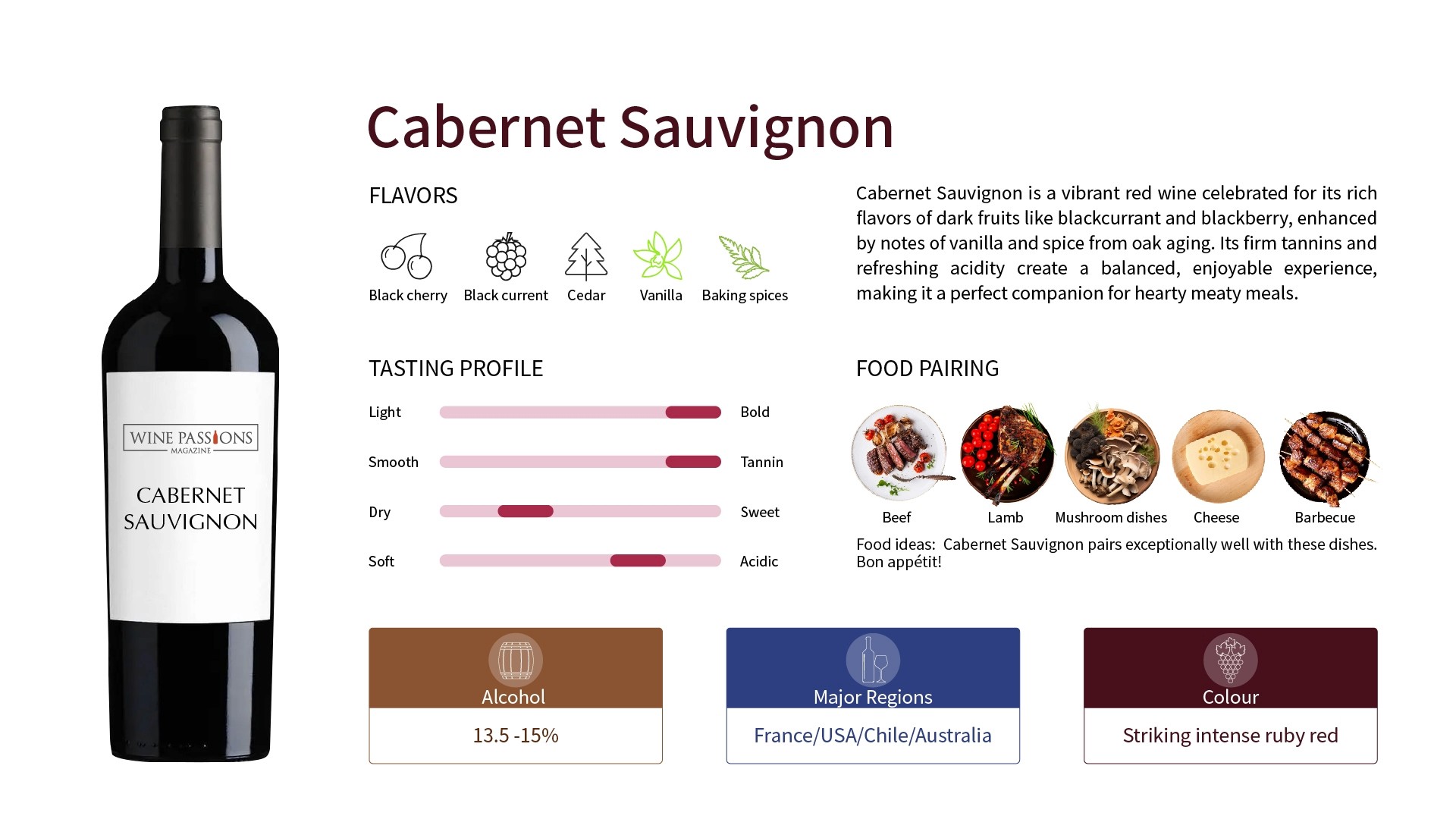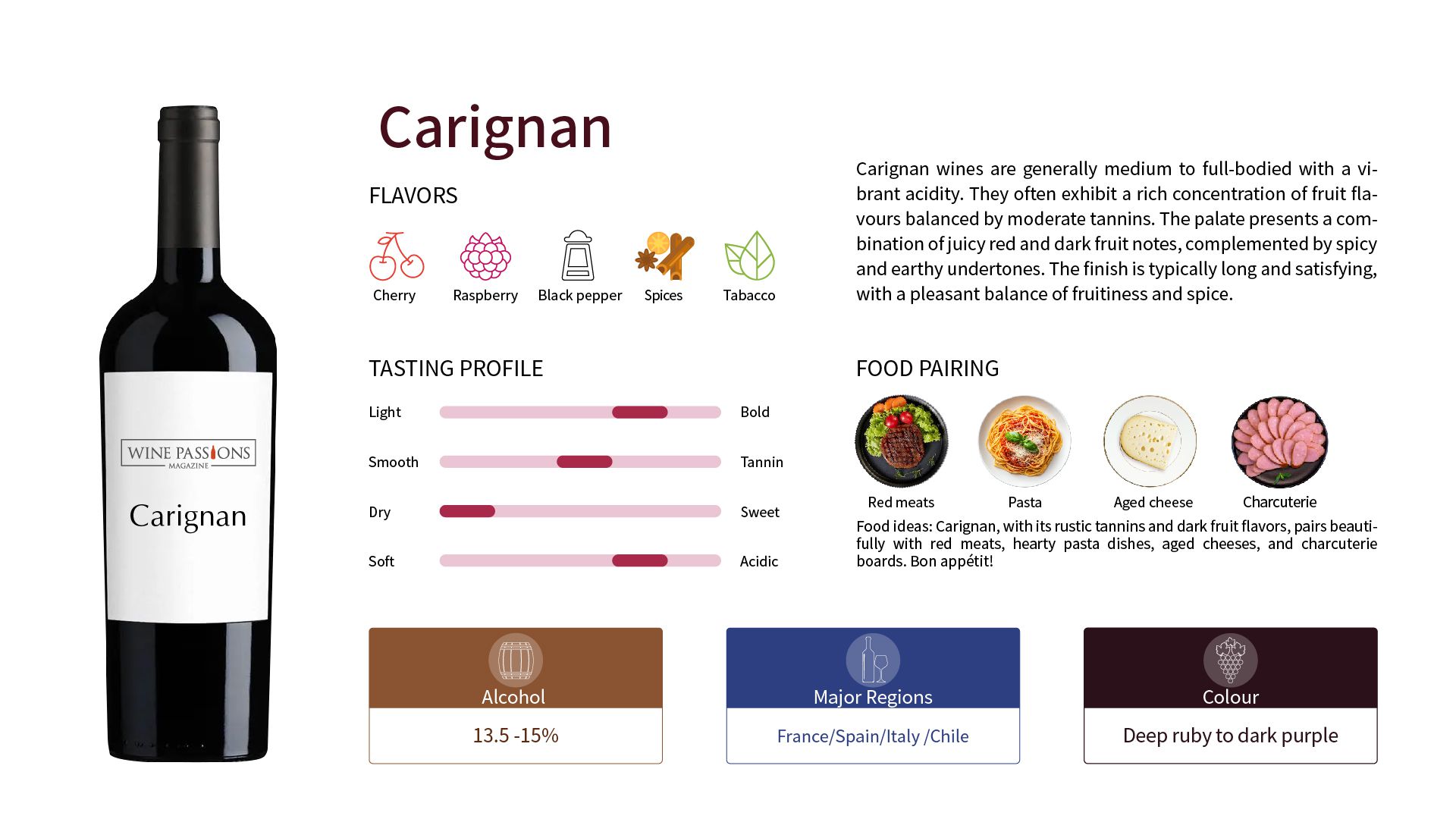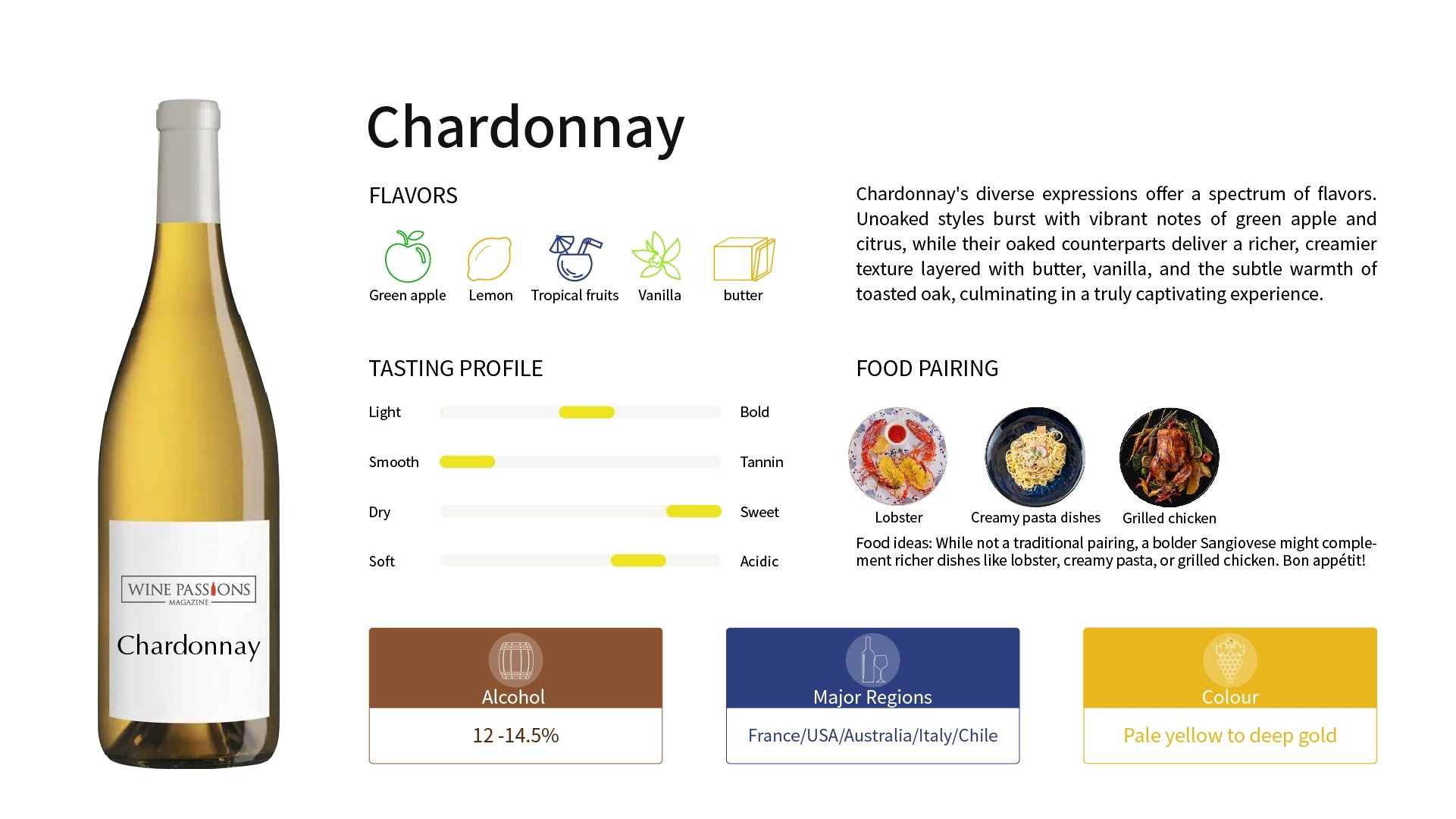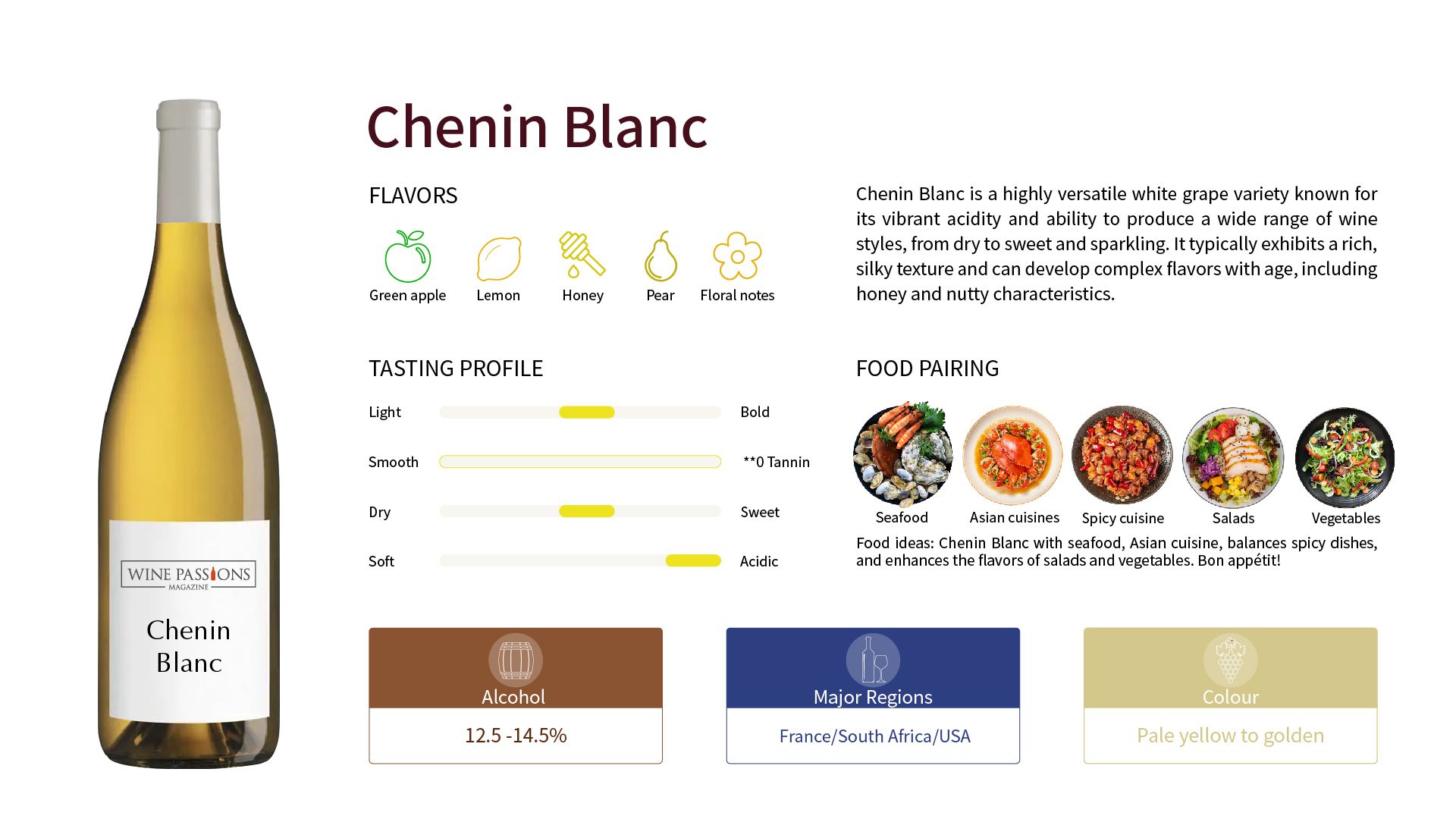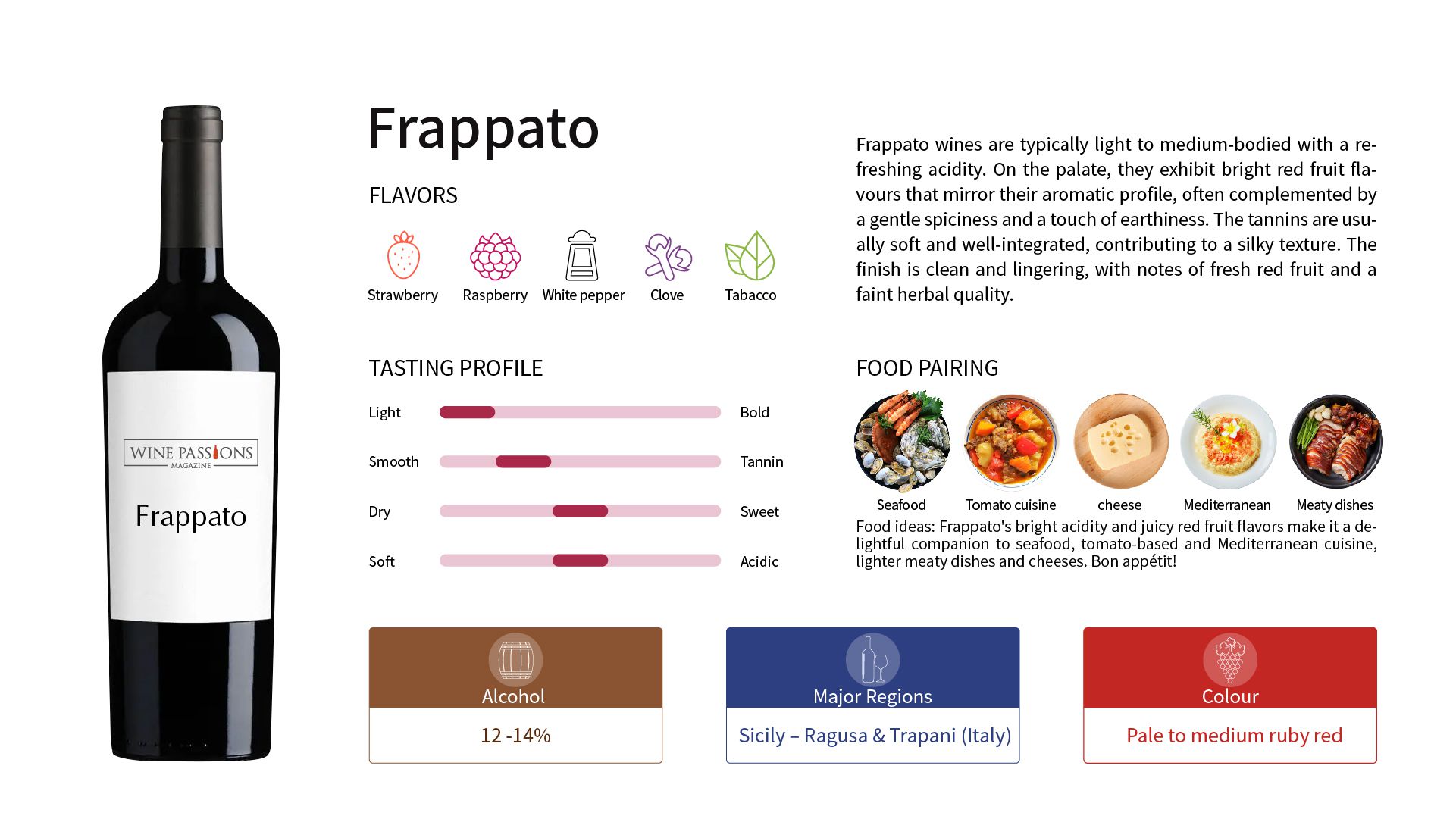Cabernet Franc
Background and Origins
The history of Verdejo grapes dates back over a thousand years, and it is said that this variety was introduced to the Rueda region even before the Moors ruled the Iberian Peninsula. According to historical records, as early as the 11th century, Alfonso VI allocated this newly conquered land to individuals and monks, and many monasteries began to plant grapes here. Over time, Verdejo gradually became one of the most popular white grape varieties in the region.
However, in the early 20th century, a massive die-off of vines due to phylloxera led to a decline in the popularity of Verdejo. It was not until the 1970s, when there was a growing market demand for fresh white wines, that Verdejo regained attention. At that time, the renowned Rioja winery Marques de Riscal began to promote this variety, making it a popular choice in the market once again. Today, Verdejo is primarily grown in the Rueda region, which is known for its unique soil and climatic conditions that allow Verdejo to express rich and diverse flavors.
Reasons for Popularity
Fresh Taste: Verdejo is widely loved for its fresh taste. This wine usually has high acidity, making it very suitable as an aperitif or with food pairing. Its freshness allows drinkers to enjoy a pleasant drinking experience in hot summers or when paired with seafood.
Diverse Flavors: Verdejo possesses unique and diverse flavor characteristics, including aromas of lime, Meyer lemon, grapefruit, and herbs. These flavors make Verdejo not only enjoyable on its own but also very suitable for pairing with various foods, such as seafood, chicken, and salads.
Aging Potential: Although most Verdejo wines are crafted for immediate consumption, certain types of Verdejo can exhibit richer flavors after aging, featuring complex aromas such as toasted almonds and orange peel. This aging potential attracts many wine lovers who enjoy exploring different flavor layers.
Flavor Characteristics
Fruit Aromas: Typically exhibit bright and fresh fruit aromas, including lime, Meyer lemon, grapefruit, and herbs.
Spices: Carries subtle spicy notes, such as fennel and grass.
Texture: Features a light and crisp body, with high acidity that contributes to a refreshing palate.
Main Production Areas
Verdejo is primarily grown in the Rueda region of Spain.
Rueda is located in the Castilla y León region, situated between Madrid and Valladolid, and is a typical continental climate area. This region has high altitudes (about 600 to 800 meters) and unique sandy soils, conditions that are very suitable for the growth of Verdejo. The climate characteristics of Rueda include cold winters, hot summers, and significant temperature differences between day and night, factors that help the grapes maintain acidity and freshness.
According to statistics, more than 85% of the vineyards in the Rueda region are planted with Verdejo, and this variety plays an important role in Spanish white wine production.
Additionally, in some regions of California, USA, such as Paso Robles, there has also been a small amount of Verdejo production, but its production is far less than that of Spain.
Famous Verdejo Wines
1. Marques de Riscal Rueda Verdejo
This wine is one of the most representative Verdejos from the Rueda region, praised for its fresh fruit aroma and high acidity. It typically displays a bright yellow color, accompanied by flavors of lime, herbs, and subtle spices.
2. Bodegas Naia Naiades Verdejo
This wine comes from old vine vineyards and is known for its complexity and full-bodied texture, making it perfect for lovers of aged wines. Naia Naiades usually exhibits rich tropical fruit aromas and elegant acidity, making it a representative of high-quality white wines.
3. Bodegas Protos Verdejo
Protos is a well-known winery, and its Verdejo is widely praised for its balanced flavors and good structure. This wine typically features a bright color and intense fruit aroma, making it a favorite among many consumers.
Tasting Method
Tasting Temperature: Recommended to be 3-7°C
Tasting Glass: White wine glass
Decanting Time: No decanting needed
Aging Potential: 1-5 years
Food Pairing
Seafood dishes: such as fish, shellfish, and seafood salads
Chicken dishes: such as lemon chicken, almond chicken, etc.
Vegetables: such as salads, green peas, and various green vegetables
Cheese: such as goat cheese, feta cheese, etc.
